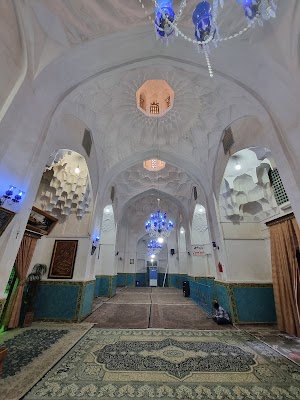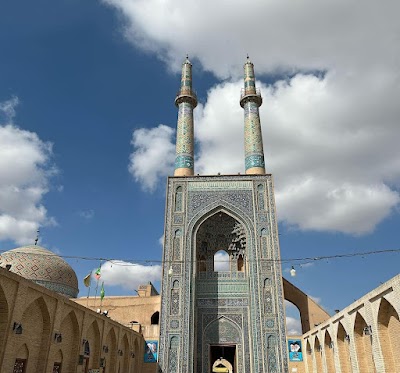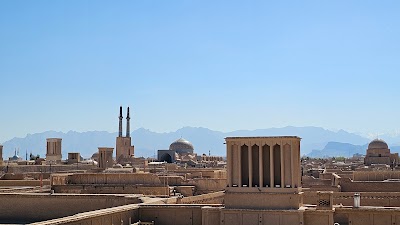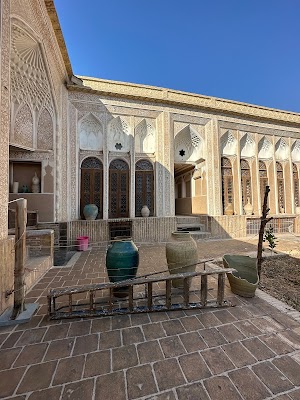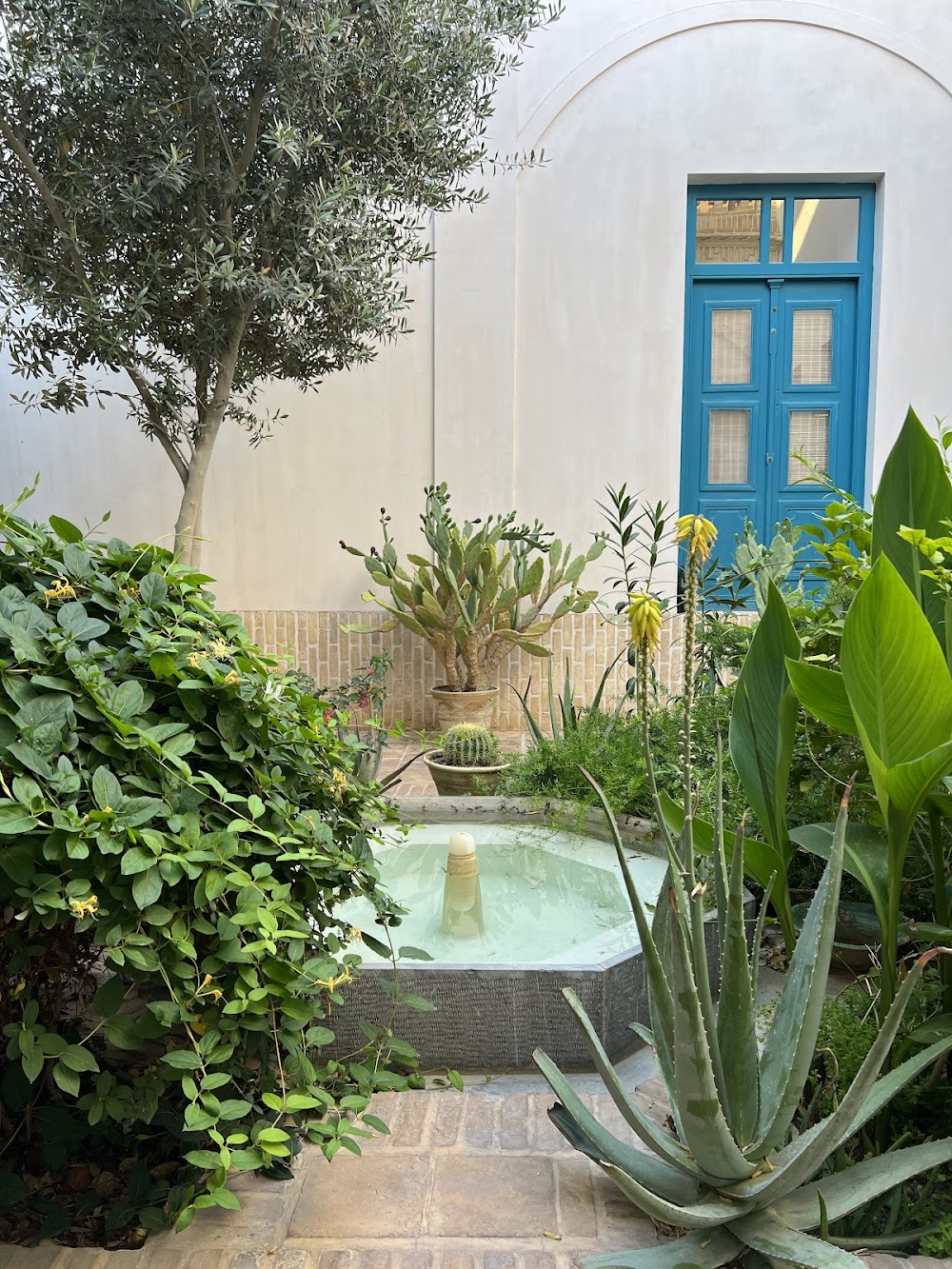Shah Nematollah Vali Shrine (مقبره شاه نعمت الله ولی)
Overview
Shah Nematollah Vali Shrine: A Spiritual Gem in Mahan
The Shah Nematollah Vali Shrine is a mesmerizing historical and spiritual landmark nestled in the charming city of Mahan, near Yazd, Iran. This remarkable site offers a profound glimpse into the cultural and religious heritage of the region. Dedicated to Nematollah Vali, a revered Sufi saint, philosopher, and poet, the shrine celebrates a legacy that has significantly shaped Persian culture and spiritual thought.
The shrine's origins trace back over six centuries to the 15th century, during the reign of the Timurid dynasty. Shah Nematollah Vali, born in 1330 in Kerman, emerged as a prominent Sufi master, drawing a large following throughout his life. Following his death in 1431, his devoted followers constructed the shrine to honor his memory. Over the years, various rulers and patrons, including Shah Abbas I of the Safavid dynasty, contributed to its expansion and embellishment, resulting in a striking blend of architectural styles and artistic expressions.
Architectural Beauty and Serene Atmosphere
Visitors to the Shah Nematollah Vali Shrine are greeted by breathtaking architectural beauty and a tranquil atmosphere that envelops the entire complex. The main entrance features an exquisite domed archway, intricately adorned with vibrant turquoise tiles and elegant calligraphy. As you stroll through the courtyard, you’ll find yourself surrounded by beautifully landscaped gardens and the soothing sound of fountains, embodying the traditional Persian garden design that reflects paradise on earth.
A highlight of the shrine is the stunning mausoleum of Shah Nematollah Vali, crowned with a large azure dome. The mausoleum showcases intricate tile work and detailed geometric designs characteristic of Persian art. Inside, the walls are adorned with captivating mirror mosaics and elaborate stucco work that sparkle in the light, creating a divine and peaceful atmosphere perfect for reflection and meditation.
A Harmonious Architectural Ensemble
The shrine complex also encompasses several significant structures, including the Shah Abbas cloister, built in honor of the Safavid ruler, and the smaller tombs of Nematollah Vali’s disciples and followers. Together, these elements form a harmonious architectural ensemble that illustrates the evolution of Persian art and architecture across various historical periods.
For foreign tourists, the Shah Nematollah Vali Shrine is not just a visual feast but also an educational journey into Sufism and Persian history. The shrine houses a museum filled with a rich collection of historical artifacts, manuscripts, and relics connected to Shah Nematollah Vali and his followers. Cultural and religious events, such as poetry recitations and musical performances, are often held within the shrine complex, offering deeper insights into the living traditions of Iranian culture.
A Place for Reflection and Exploration
The serene ambiance of the shrine and its surrounding gardens provide an ideal setting for relaxation and contemplation, away from the hustle and bustle of city life. Visitors frequently spend hours wandering the peaceful courtyards or sitting beside the tranquil reflecting pools, soaking in the sublime beauty and tranquility the site has to offer.
The nearby city of Mahan is also worth exploring, renowned for its charming bazaars, traditional tea houses, and historical sites like the Shazdeh Garden, another masterpiece of Persian garden design.
Respecting Cultural Significance
For those planning a visit, it’s essential to respect the cultural and religious significance of the site. Dress modestly, remove your shoes before entering certain areas, and observe local customs and practices to honor those who come here to worship and reflect.
In conclusion, the Shah Nematollah Vali Shrine is a must-visit destination for anyone traveling to Iran. It offers not only an opportunity to witness extraordinary Persian architecture and art but also a chance to delve into the rich spiritual and cultural tapestry that defines this extraordinary land. With its serene setting, historical significance, and spiritual ambiance, every visitor is sure to leave with a sense of awe and a deeper appreciation for Iran’s cultural heritage.


